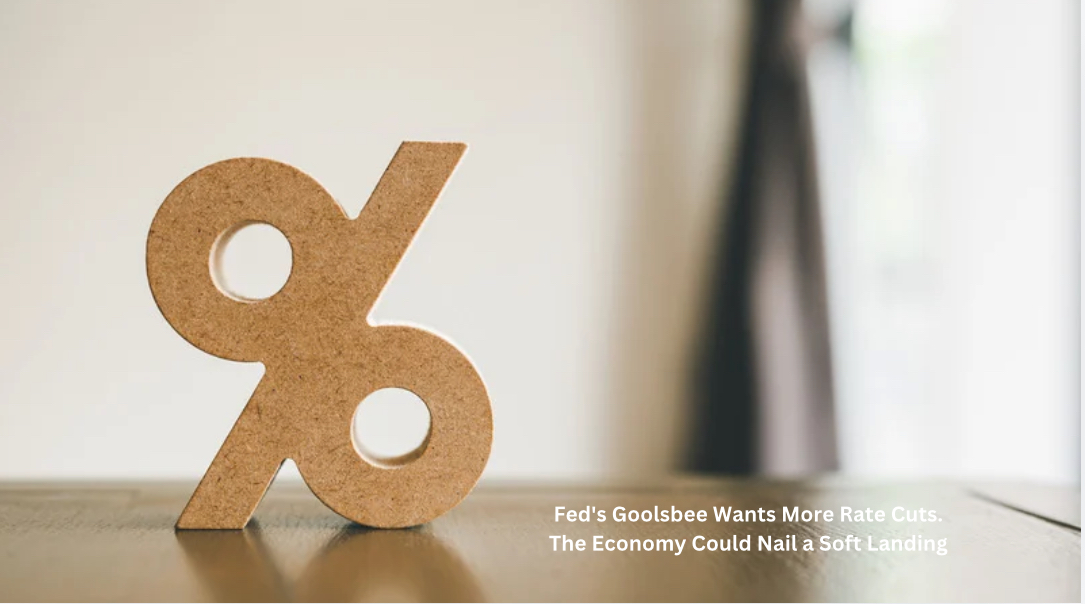Interest rates need to keep coming down for the economy to nail a soft landing, Chicago Fed President Austan Goolsbee told state treasurers on Monday.
Inflation has come down significantly, the labor market is trending weaker — yet rates remain near the highest they have been in 20 years, even after the central bank lowered its target rate by a half-point last week.
Goolsbee, who has led Chicago’s Federal Reserve Bank since January 2023, will have a vote on the Fed’s policymaking body next year.
“What I’ve seen in the last two years is inflation has come way down without there being a recession, which has never happened before in the U.S. or virtually anywhere in the world,” Goolsbee told an audience at the National Association of State Treasurers annual conference in Chicago.
“Now the unemployment rate has inched its way up slowly, to a level — 4.2% — that a lot of people think is…basically stable full employment, that’s where you’d want it to stop,” he said.
Goolsbee added that monthly inflation readings were at a pace consistent with the Fed’s 2% annual target if they continued for a year. Real-time indicators of economic activity point to solid gross domestic product growth for the third quarter.
“The overall economy has some warning signs, but it’s got some real strengths,” he said. “If you could just freeze it in place right now, exactly where it is, you would like to.”
The Chicago Fed president touched on last Wednesday’s decision by the Federal Open Market Committee. The FOMCvoted to lower its target for the federal-funds rate by a half point, to a range of 4.75% to 5.0%, after holding its rates steady since July 2023.
“Does it make sense to still have the interest rate be at 20-year highs, way above where anybody thinks…is neutral?” Goolsbee said, referring to the level of interest rates that neither stimulates nor restricts economic growth. “No, you’d be nervous that if rates are this high, we’re not going to stay at that freeze-frame moment for that long.”
For Goolsbee, the debate over whether the Fed would cut by a quarter-point or a half-point at this or that meeting is less important than the ultimate destination for interest rates. And that means several more interest-rate cuts over in the coming year or so, approaching the neutral rate.
The median forecast in the FOMC’s September economic projections implied a percentage point of rate cuts this year followed by another point by the end of next year, which would bring the target to a range of 3.25% to 3.5%.
- The median longer-run estimate by officials rose for a third-straight quarter, to just below 3%. That is seen as the committee’s collective estimate of the neutral rate.
